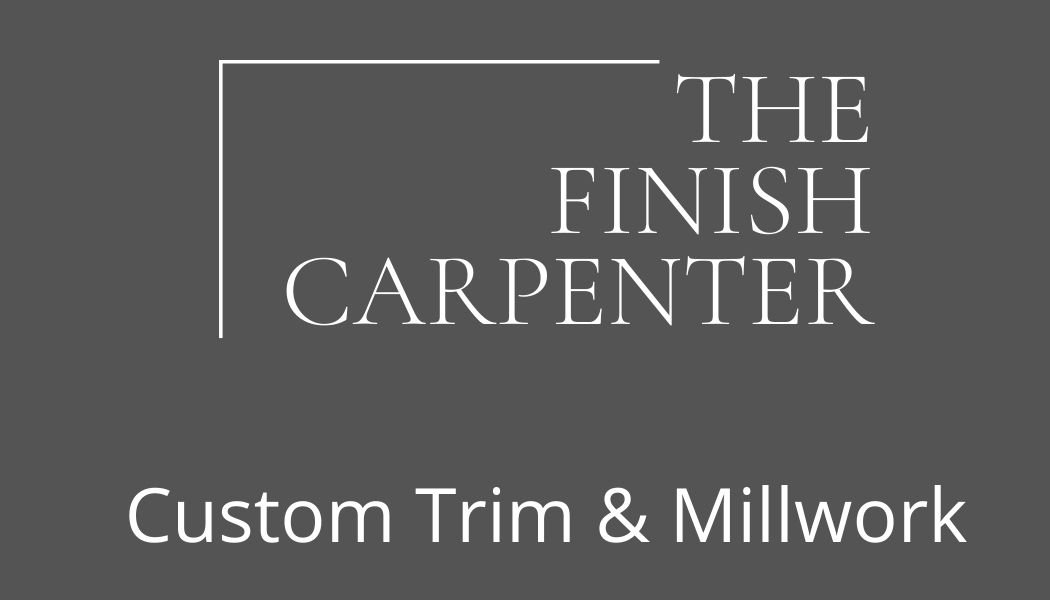What Is the Best Height for a Coffered Ceiling? A Complete Guide
Coffered ceilings are one of the most effective ways to add depth, character, and architectural impact to a room. But before you start planning beam layouts or panel styles, one question matters most: how high should the ceiling be for a coffered design to look right?
The height of your ceiling determines the scale, depth, and visual comfort of the entire coffered system. Choosing the proper proportions ensures the room feels balanced rather than cramped or top-heavy.
In this guide, you’ll learn the ideal coffered ceiling height, how depth affects the design, and how to choose the right proportions for any room.
Minimum Height Requirements
9 Feet: The Practical Minimum
While coffered ceilings are technically possible with lower ceilings, 9 feet is widely considered the minimum recommended ceiling height. This gives enough vertical space for the beams and trim work without enclosing the room.
With anything lower, the added depth can make the room feel compressed and visually heavy.
Ideal Ceiling Height Range for Coffered Ceilings
10 to 12 Feet: The Sweet Spot
Most designers agree that 10–12-foot ceilings provide the perfect canvas for coffered ceilings. At these heights:
Coffers can be deeper without overwhelming the space.
Grid patterns appear proportional and balanced.
The ceiling can become a focal feature without stealing light or airiness.
If you want a classic, high-end look, this height range is ideal.
Over 12 Feet: High Impact, Big Opportunity
Rooms with ceilings over 12 feet allow for dramatic, deeply recessed coffers. Larger beams, bold mouldings, or intricate panel designs can all be used without crowding the space.
However, the design must stay coherent and well-scaled. Going overly detailed in very tall rooms may create visual clutter.
How Deep Should Coffers Be?
Coffer depth is just as important as overall ceiling height. The depth determines how strong or subtle the grid appears.
Standard Depths
3–6 inches: Ideal for most rooms with 9–10-foot ceilings.
6–12 inches: Works beautifully in rooms 10 feet and above.
Proportion Tip
Keep the coffer depth at roughly 5–10% of your total ceiling height.
This ensures the features feel intentional and well-balanced.
Choosing the Right Height for Your Room
To pick the best ceiling height and depth for your coffered design, consider the following factors:
1. Room Size
Large rooms can accommodate deeper beams and more aggressive patterns. Smaller rooms benefit from a lighter, more subtle grid layout.
2. Beam Design
MDF or simple trim beams: Require less height and work well with shallower coffers.
Heavy wood beams or traditional mouldings: Need more clearance and show best in taller ceilings.
3. Architectural Style
Modern homes look best with sleek, shallow coffers.
Traditional or classic designs shine with deeper recesses and crown moulding details.
4. Lighting
Recessed lights, integrated LED strips, or chandeliers all affect how deep the coffers should be. Shallow coffers often work better when lighting is a major part of the design.
Quick Rule of Thumb
Aim for at least a 9-foot ceiling.
Use coffer depth equal to 5–10% of the ceiling height.
Taller rooms allow deeper and more dramatic coffers.
Following this simple formula helps ensure your coffered ceiling feels custom, proportional, and visually stunning. Contact The Finish Carpenter today if you are looking to install a coffered ceiling in your home.

